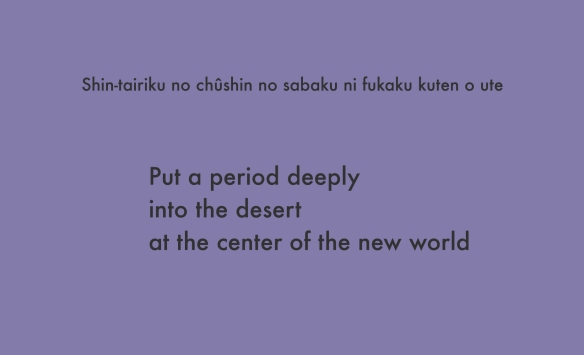—
Some of the New Precisionists whose work I enjoy a great deal these days include Graham Foust, Joseph Massey & Chris McCreary. Might anyone confuse them with Objectivism, neo- or otherwise? Only carelessly. [. . .] What they [. . .] constitute [. . .] might just be part of a moment, one in which many writers—think of Devin Johnston or the brothers O’Leary or John Martone or Jonathan Greene, even Kay Ryan—in which what at first seems to be a poetics of minimalism exists precisely to magnify the etched qualities of precise poetics. Hence precisionism. All of this attention to the exact, occurring right now in a world of blur, often feels like a political statement, a politics each of them shares dedicated to sharpness, to specifity. I would distinguish this from the so-called well-wrought urn of two generations ago by noting that this new generation, with few if any exceptions, explicitly rejects the glaze. It has, I suspect, less to do with craft than with ethics.
Ron Silliman
—











